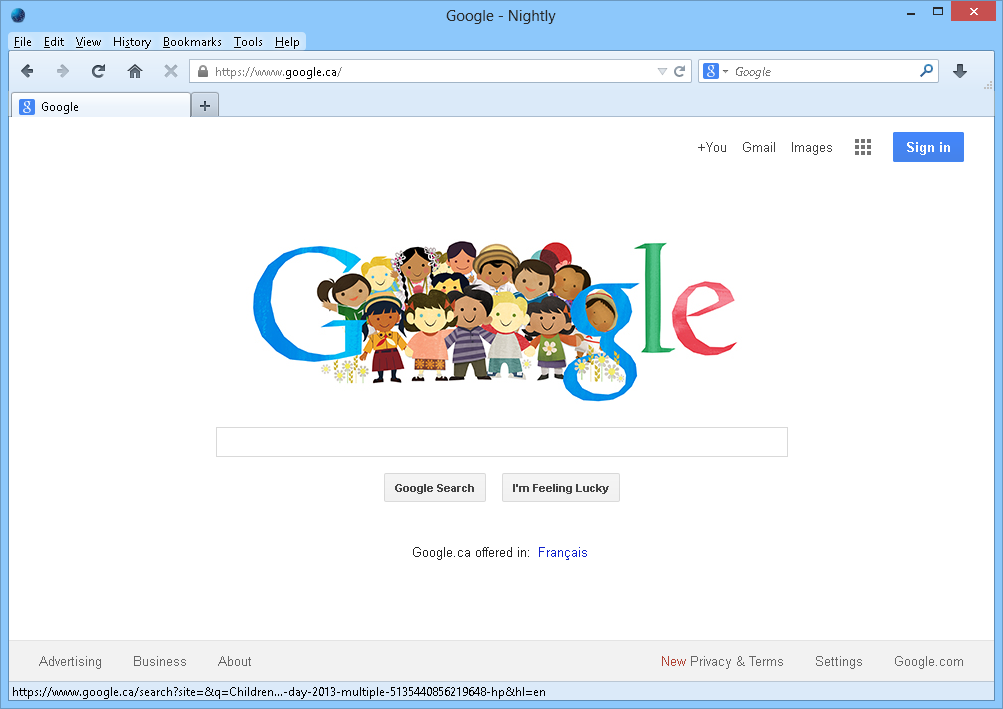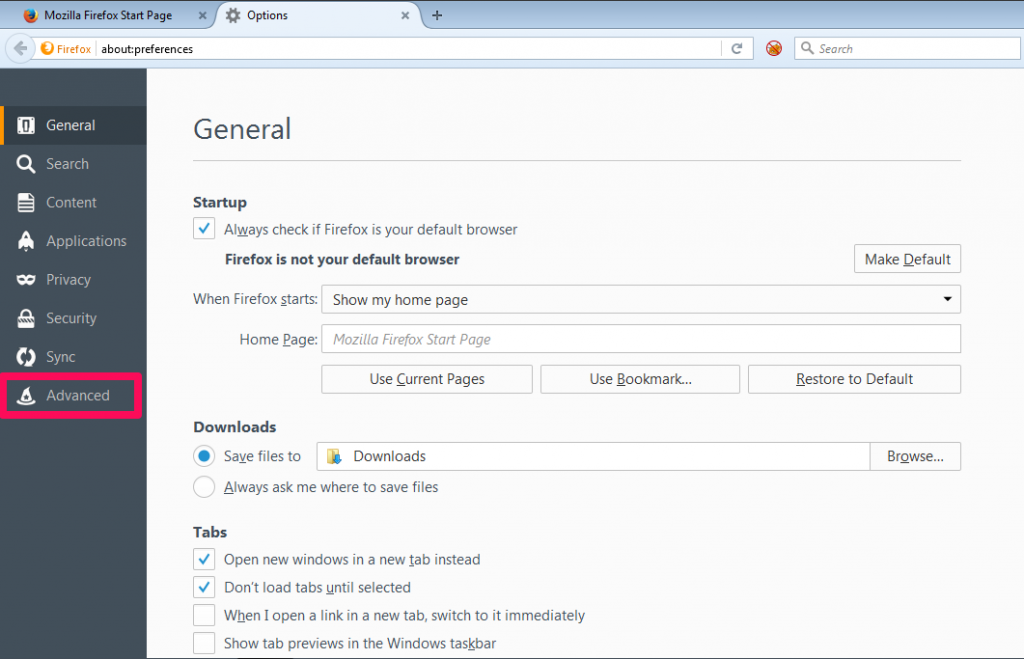
- #Http proxy to work with mozilla firefox browser how to#
- #Http proxy to work with mozilla firefox browser install#
- #Http proxy to work with mozilla firefox browser update#
- #Http proxy to work with mozilla firefox browser mac#
- #Http proxy to work with mozilla firefox browser windows#
Go to the Settings app, tap Wi-Fi, find the network you are connected to and then tap it to configure the network. To use Charles as your HTTP proxy on your iPhone you must manually configure the HTTP Proxy settings on your WiFi network in your iPhone's Settings. See the Proxy Settings for configuring SOCKS. In order to use HTTP 2 with Charles from Safari you must use Charles in SOCKS mode. The macOS proxy settings are configured in the advanced areas of the Network panel in the System Preferences if you want to look at them yourself. After that, Charles will configure and then reconfigure the macOS proxy settings whenever Charles is started or quit.
#Http proxy to work with mozilla firefox browser install#
When you first install Charles you will be prompted to grant permissions to Charles to autoconfigure the proxy settings. macOS Proxy SettingsĬharles can automatically configure the macOS system proxy settings so that Safari and other macOS applications automatically start using Charles. This is required in order to connect to Charles Proxy running on localhost. Microsoft Edge has an additional setting that you may need to make by browsing to about:flags and enabling Allow localhost loopback.
#Http proxy to work with mozilla firefox browser windows#
The Windows proxy settings are configured in the Internet Options control panel on the Connections tab if you want to look at them yourself. By default Charles will configure and then reconfigure the Windows proxy settings whenever Charles is started or quit.Ĭharles proxy configuration behaviour can be changed in Charles in the Proxy Menu, Proxy Settings dialog.
#Http proxy to work with mozilla firefox browser update#
If you would like to change this setting domain wide I would recommend using Group Policy Preferences to update the file remotely on the relevant workstations. “C:\Users\%USERNAME%\AppData\Roaming\Mozilla\Firefox\fault\prefs.js”). If a user has already used Firefox you will need to change the same setting in their local profile (e.g. This should now work for any new user that logs on to the machine. (Default in Linux default for all platforms, starting in Firefox 3.6.4)Ĭhange the proxy settings in the all.js file
#Http proxy to work with mozilla firefox browser mac#
(Default in Windows and Mac pre-Firefox 3.6.4)

To change the default proxy type do the following “C:\Program Files\Mozilla Firefox\greprefs\all.js”). It turns out Firefox now stores this kind of configuration in the all.js file, located in the Firefox install directory (e.g.
#Http proxy to work with mozilla firefox browser how to#
If anyone knows how to change it please add a comment. WARNING: This seems to have changed again since Firefox 4 was released. Luckily I found a way to set the “Auto-detect” option for all users.

Although this may seem to make sense, on our network this causes terribly slow page load times, e.g. There is now a “Use system proxy settings” option (similar to Google’s Chrome) that seems to be selected by default for new users.

However, it seems the default install behaviour has slightly changed to add a new option that seems to muddy the water.

This doesn’t normally cause much of an issue as we only use Firefox on a few select machines and can be changed by the individual user. Normally, when we install Firefox on our network, we have to change the proxy settings from the default “No Proxy” to “Auto-detect proxy settings for this network”. I recently had an issue with the latest version of Firefox (v3.6.15).


 0 kommentar(er)
0 kommentar(er)
